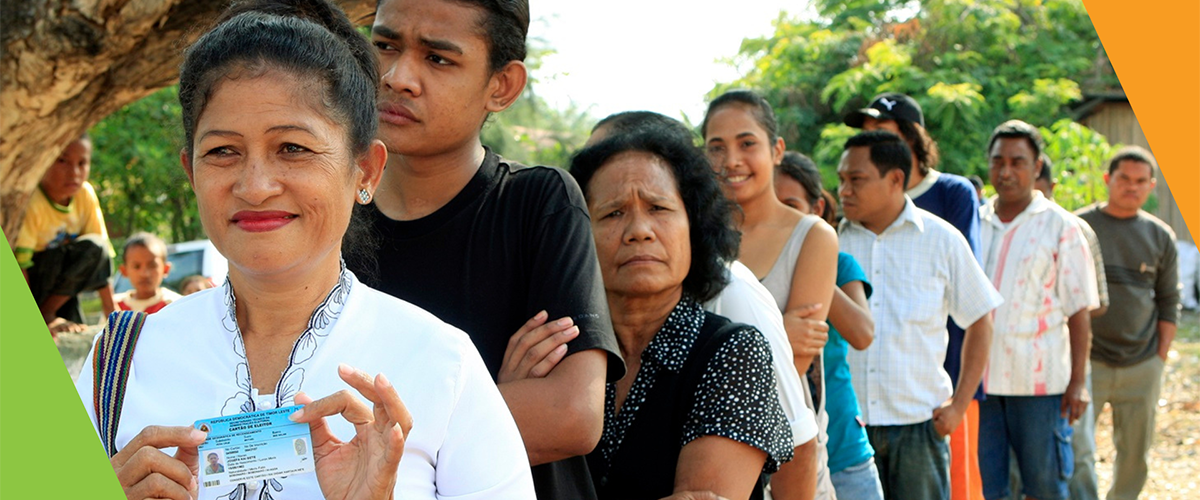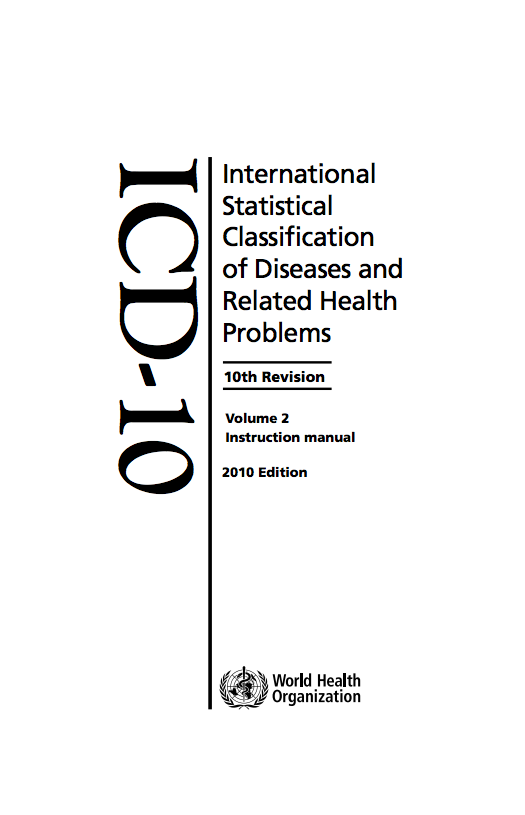WHO Strengthening CRVS Resource Kit
This Resource Kit is designed to support countries in planning and implementing improvements to their civil registration and vital statistics (CRVS) systems. It has been compiled using critically assessed materials drawn from many sources, and is presented in a user-friendly way that is accessible to both experts and users with a general interest in evidence-based decision-making. The Resource Kit will enable all users to identify, locate and make use of core standards, tools, materials and country experiences.


















